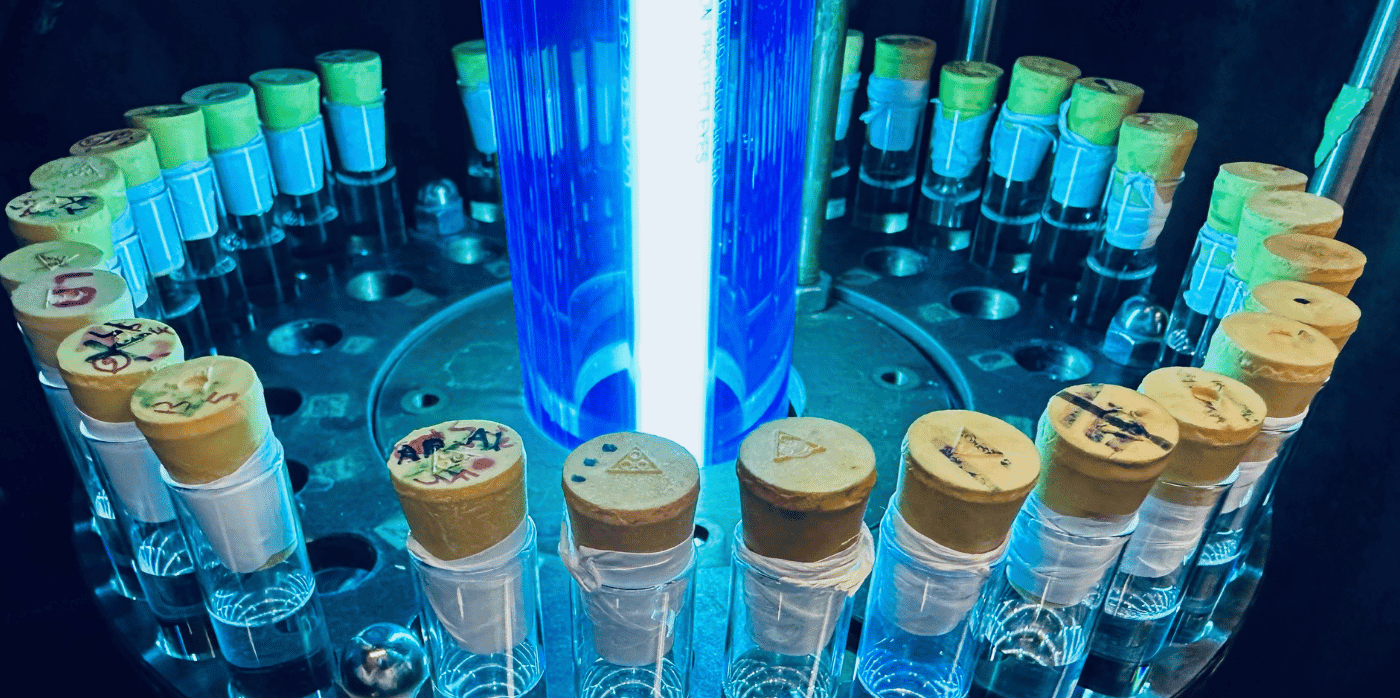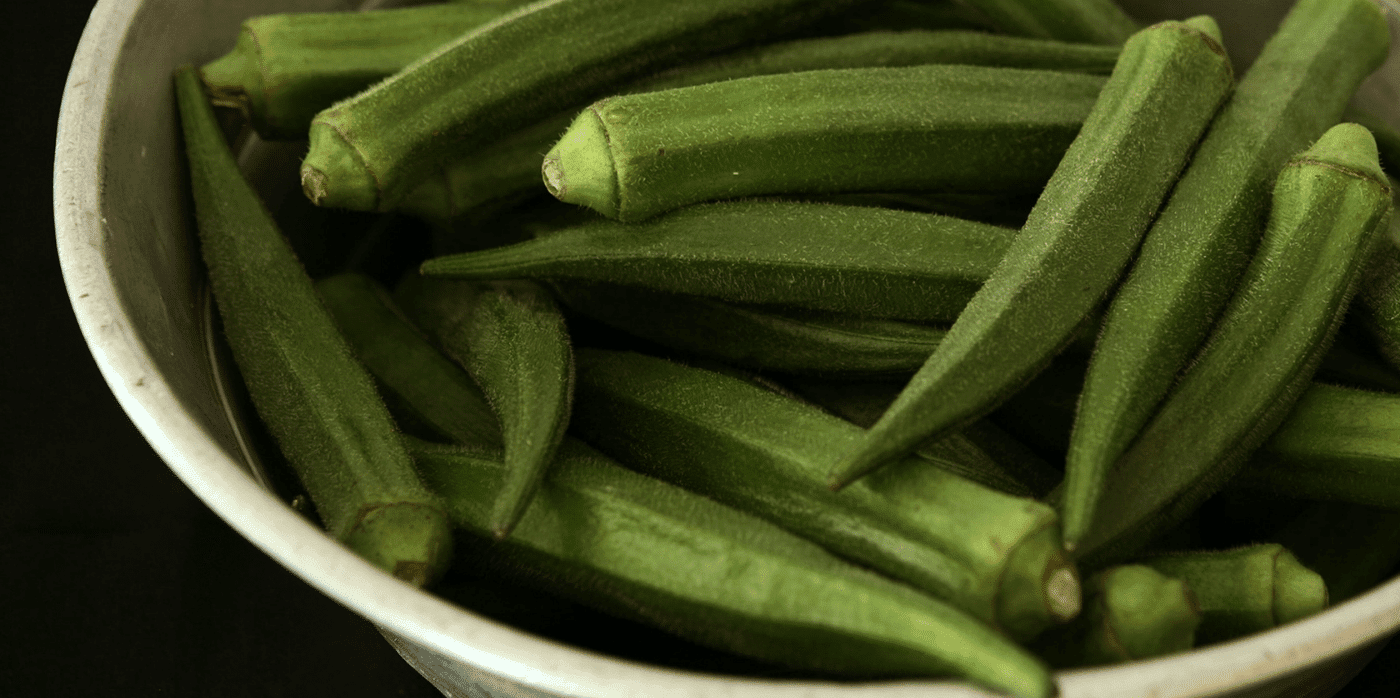A method for removing carcinogenic ‘forever chemicals’ from water

Spotted: If you’ve ever bought a takeaway, chances are it arrived in packaging that uses PFAS, or poly- and per-fluoroalkyl substances. PFAS is a permanent group of 4700 industrial chemicals that have leaked into our environment, contaminating our blood, water, air, and food.
Thankfully, recently published work by chemical engineering and environmental scientists at the University of California, Riverside, aims to make these chemicals not-so-permanent. Their new method breaks up these ‘forever chemicals’ found in drinking water into smaller, harmless compounds.
The process infuses the contaminated water with hydrogen before exposing it to ultraviolet light; hydrogen makes water molecules more reactive, while the light causes chemical reactions that destroy the PFAS chemicals. This new method breaks the strong fluorine-to-carbon chemical bond that makes these pollutants so long-lasting and accumulative in the environment. Compared to other ultraviolet water treatment methods, the molecular destruction of PFAS increased from 10 to almost 100 per cent.
The new clean-up technology is also eco-friendly. “After the interaction, hydrogen will become water. The advantage of this technology is that it is very sustainable,” said Haizhou Liu, an associate professor in UCR’s Department of Chemical and Environmental Engineering and the paper’s corresponding author.
Although Liu and his colleagues have only tested out the methods in small volumes of tap water, the team has been offered a $50,000 (around €46,600) proof-of-concept grant from UCR’s Office of Technology Partnerships to scale up and handle larger volumes of water.
Springwise has previously spotted other green technologies that clean up polluted water, including oil-eating microbes, and a process that treats industrial wastewater.
Written By Georgia King


